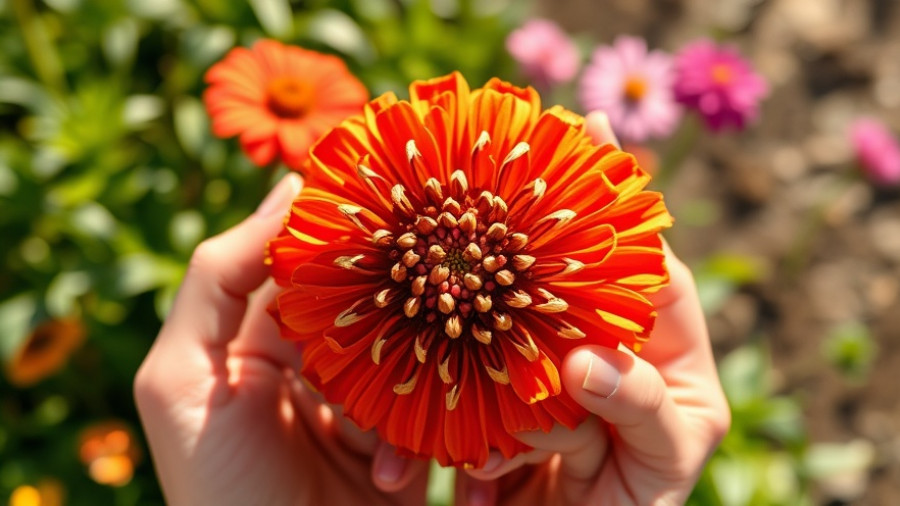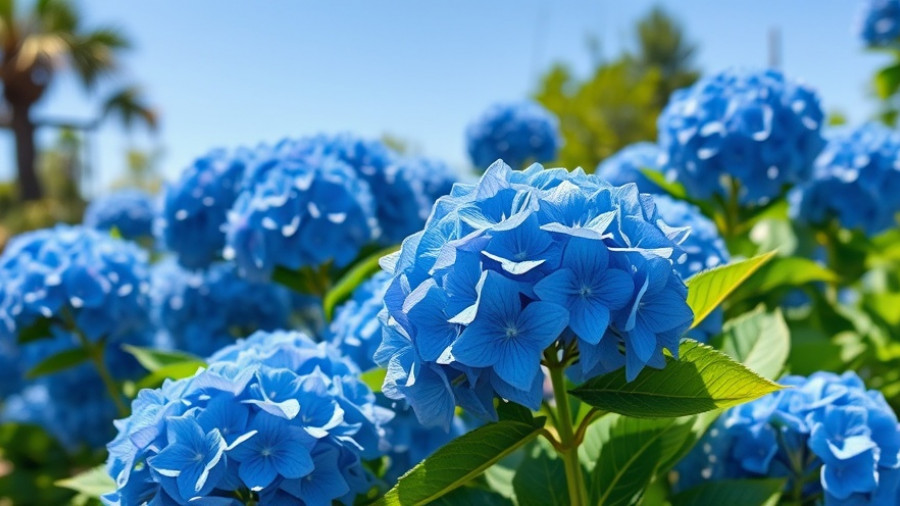
Understanding the Fundamentals of Lawn Soil Mix
Creating a vibrant lawn starts from the ground up, as the soil mix is pivotal to fostering healthy grass growth. The essence of establishing a thriving lawn lies in selecting the appropriate grass type that is suitable for your specific climate zone and level of sunlight.
Choosing the Right Grass for Your Zone
Before laying sod or spreading seeds, it’s essential to identify whether you should go with cool-season or warm-season grasses. Cool-season varieties such as Kentucky bluegrass and perennial ryegrass thrive in regions with colder climates, flourishing during spring and fall. On the other hand, warm-season grasses like Bermuda and Zoysia excel in warmer climates and require a warm environment for optimal growth, peaking in summer.
Optimal Planting Times for Grass
Timing is crucial for planting your new lawn. In cooler regions (Zones 6 and below), aim for mid-August through mid-October for seeding or sod laying, ensuring new roots have time to establish before the frost sets in. For warmer zones, the growing season stretches from March to September. Recognizing these windows will enable you to provide a robust foundation for your lawn.
The Importance of Soil Testing
One often overlooked aspect of lawn preparation is soil testing. Conducting a soil test will reveal the pH levels and nutrient content of your soil, guiding you in selecting the necessary amendments. By analyzing samples from different areas, you’ll receive tailored recommendations, enhancing the effectiveness of your soil mix and laying the groundwork for a lush lawn.
Preparing Your Site for Seeding or Laying Sod
Proper site preparation is fundamental. Be sure to clear debris and existing vegetation to minimize competition for nutrients. Use a rake to level the area, ensuring a smooth surface that allows for effective seed-soil contact. This initial step is vital for roots to establish firmly in the subsequent stages.
Creating the Ideal Lawn Soil Mix
Your lawn soil mix needs to be well-balanced, incorporating various types of soil amendments to enhance aeration and drainage. Typically, a blend of topsoil, organic compost, peat moss, and sand will create a fertile mix that retains moisture yet provides sufficient drainage. Remember, aiming for a structure where roots can spread freely will ultimately lead to healthier grass.
Maintaining Your Lawn After Establishment
Once your new lawn is established, ongoing care is essential. Implementing an eco-friendly yard care regimen will not only support the health of the lawn but also contribute positively to the environment. Utilize organic fertilizers, apply mulch to conserve moisture, and practice strategic watering to encourage deep root growth.
In addition to nurturing your new lawn, this season offers opportunities for broader backyard makeover ideas. Pair your lawn installation with landscaping elements such as a fire pit or an outdoor kitchen for a truly immersive and inviting outdoor living space.
Conclusion
Establishing a new lawn is a journey that begins with understanding the best soil mix tailored to your unique needs. From selecting the right grass, timing your planting, and incorporating soil amendments, each step prepares you for a glorious green space. Ready to embark on this lawn transformation? Dive into your backyard project with confidence!
 Add Row
Add Row  Add
Add 




Write A Comment